Discover expert tips for optimizing website engagement and revenue through ad optimization. Learn how to balance user experience with ad revenue and boost website performance with these proven strategies.
What encourages Website Engagement?
Content
Most beginner publishers attempt to join Google Adsense when they start out. The assumption can be that this is just a formality; create any site, drop Adsense ads on it, sit back, and wait for the money to roll in. The truth is that Google analyzes your website when you first apply for Adsense, and while they don’t release acceptance figures, it’s a safe bet that more are rejected than approved.
Publishers need to think about the user’s perspective when it comes to content. If your website has poor quality articles, little to no independent or unique content and contains a lot of grammatical errors, the user will navigate away from the page within seconds. Not to mention the fact that they probably won’t perform well from an SEO perspective or generate any traffic.
The average time on a page and session length will be very low while the bounce rate will be very high. If there’s nothing to capture the user’s attention on the page, or they can’t understand what you’re trying to say, they will leave. This is awful for user engagement, and it’s precisely what advertisers don’t want. If they advertise at all on a website like that, they’ll pay rock bottom rates.
Think about the articles on your site. Are they a good read? Are they full of information and well-researched points? Are they entertaining, funny, engaging? Not everyone is a natural writer, but anyone can be interesting when talking about a subject that they’re passionate about. Ask friends to read the articles and suggest changes, or even encourage other people to write for your site.
Design
Think about websites 10-20 years ago. They still contained a lot of information, links, and images, but the web design was not nearly as advanced as today. Drop-down menus, animations, overlays, smooth graphics, and readability were either not possible to implement or not likely to display given the technology of end-users. An outdated, messy design can hinder site engagement.
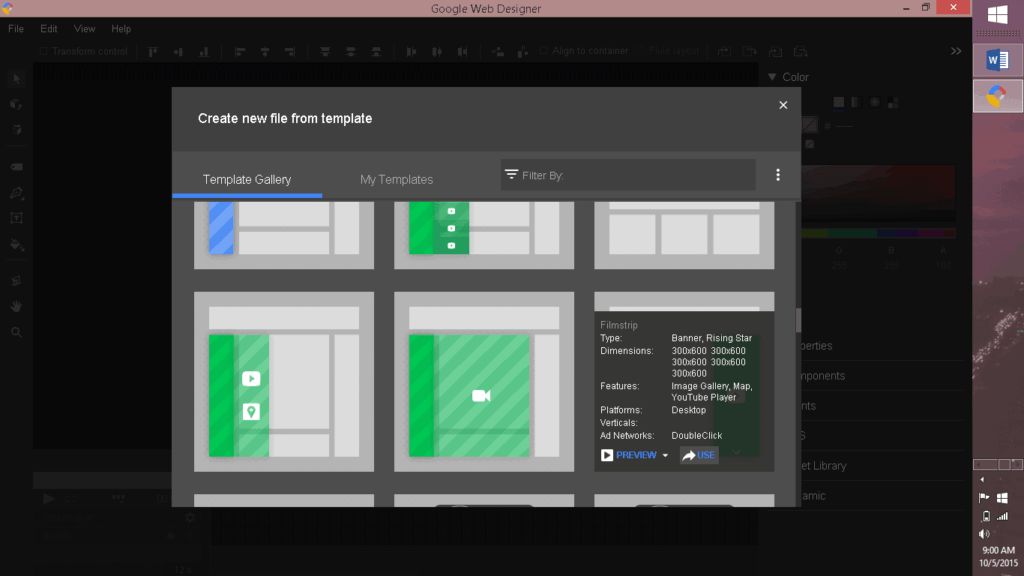
Navigation
A clear site layout helps engagement with your website. Make sure it’s simple to navigate through the sections of your site. For example, if a user enjoys one of your articles that were sent to them via social media, they might well stay on the website after they’ve read it, and move on to another page or another section, or check out your homepage.
Make the menus easy to see and simple to navigate. On mobile, the standard ‘hamburger’ menu is working it’s way to desktop to good effect (especially when the page width is lower). Menus can also be grouped into sections accessed by a hover, enabling a user to scan the menu looking for the section they want quickly.
Ad layout
In general, the best layouts allow content and ads to exist in harmony. A wonderful site design doesn’t look so good if it’s littered with ads covering half the viewing area. Similarly, a busy website with a couple of ads buried at the bottom of the page is not going to perform well in terms of ad revenue.
There is no magic formula for how many ads to show on a page, or what types of non-standard display ads to use. Advertisers want to be visible, meaning ads near the top of the page or ads that remain on the page (sliding ads, or sticky/anchor ads) work best. You can also place ads within blocks of text but try not to overdo it. We’ve all seen webpages where we have more ads than actual content, to the extent that sometimes you can miss a paragraph of text entirely. This will turn off users, and revenue will fall in the long term.
Sticky/anchor ads work well, especially on mobile, where they can be small text/image ads that remain on screen. Don’t make them too large, as you’ll start to come into conflict with the Better Ads Standards, which will hinder revenue and even have wider consequences such as ads not being shown at all.
Best Ad Layouts publishers can use for better website engagement?
- Native Ads: Native ads blend in seamlessly with the content of a website, making them less intrusive and more engaging for users. They can be placed within the content or as recommended articles.

- In-Image Ads: In-image ads appear within the images on a website, making them more visually appealing and engaging for users.
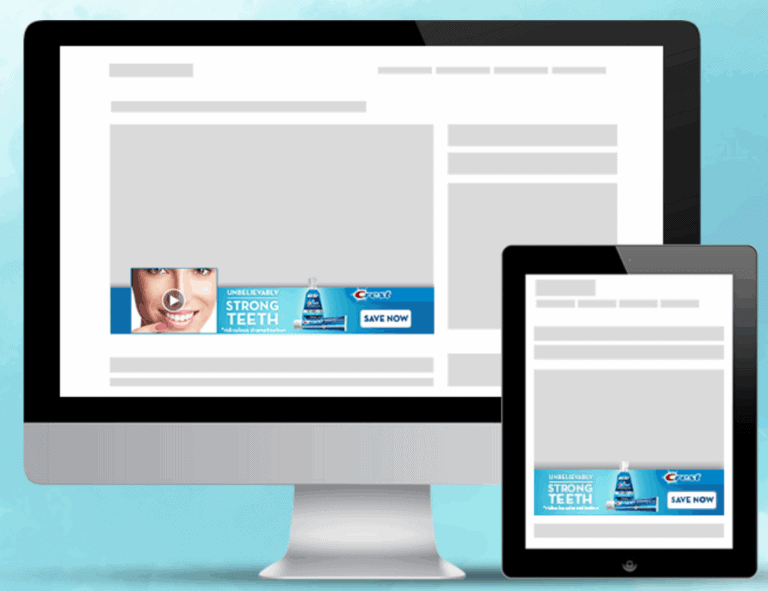
- Sticky Ads: Sticky ads remain in view even when users scroll down the website, ensuring maximum visibility and engagement.
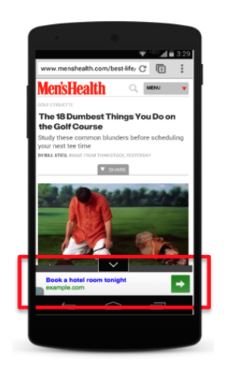
- Interstitial Ads: Interstitial ads appear as full-screen ads between content pages, ensuring that users see the ad before moving to the next page.
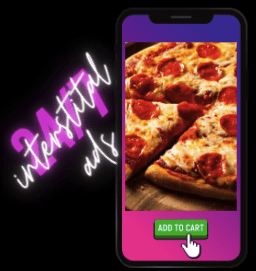
- Anchor Ads: Anchor ads are small ads that stick to the bottom of the screen as users scroll, making them less intrusive and more engaging.
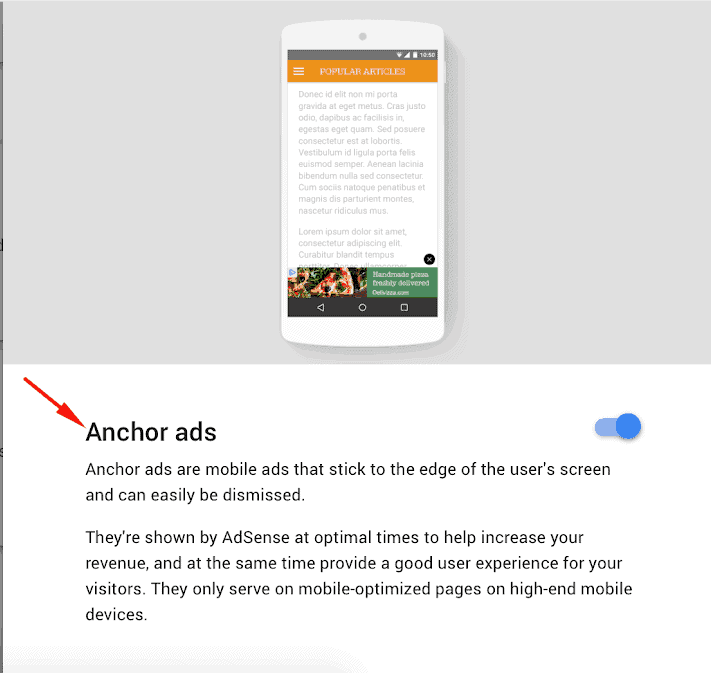
- In-Feed Ads: In-feed ads appear within the content feeds of a website, making them more visually appealing and engaging for users.
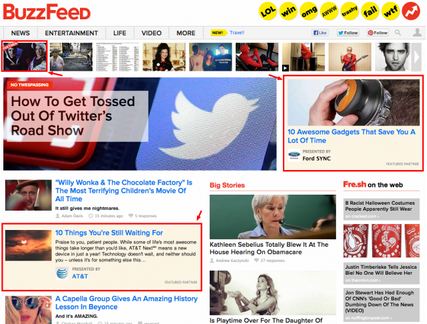
- Video Ads: Video ads are highly engaging and can be placed within the content or as pre-roll or mid-roll ads in videos on a website.
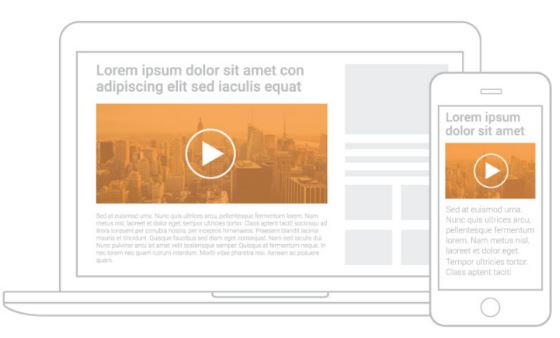
By leveraging these ad layouts, publishers can improve website engagement and revenue, while also providing a better user experience for their visitors.
How should I decide which website design and ad layout to use?
There’s no clearcut answer when it comes to increasing engagement. It will depend on the type of users you have (i.e., demographics and geography) and the type of content you’re showing them.
What you can do, is back up your tests with science. You can run A/B testing on two different site layouts, for example. Google Analytics has tools available, and we’ve written another article explaining how to use it here. This will show a proportion of users your proposed new layout, and the remainder will see the existing one, and you can look at stats like bounce rate, time on page, and session time to see which is best for your users.
You can also test ad layouts in the same way. Which layouts put users off? Which aren’t too intrusive while still providing maximum revenue?
Summary
As we’ve seen, running a successful website is not just about getting a domain and throwing up a few articles. Standing out from the pack with cool layouts, quality content, and an unobtrusive ad strategy will make users return over and over again. Users will accept advertising on sites containing news, sports, and information of all types if you can provide the web experience that they want.
Not sure how to optimize your ad layout while keeping user engagement high? Let our team of ad optimization experts optimize your ads while keeping your visitors happy. Sign up to MonetizeMore today!
source https://www.monetizemore.com/blog/improve-website-engagement-while-optimising-ads/


0 Comments